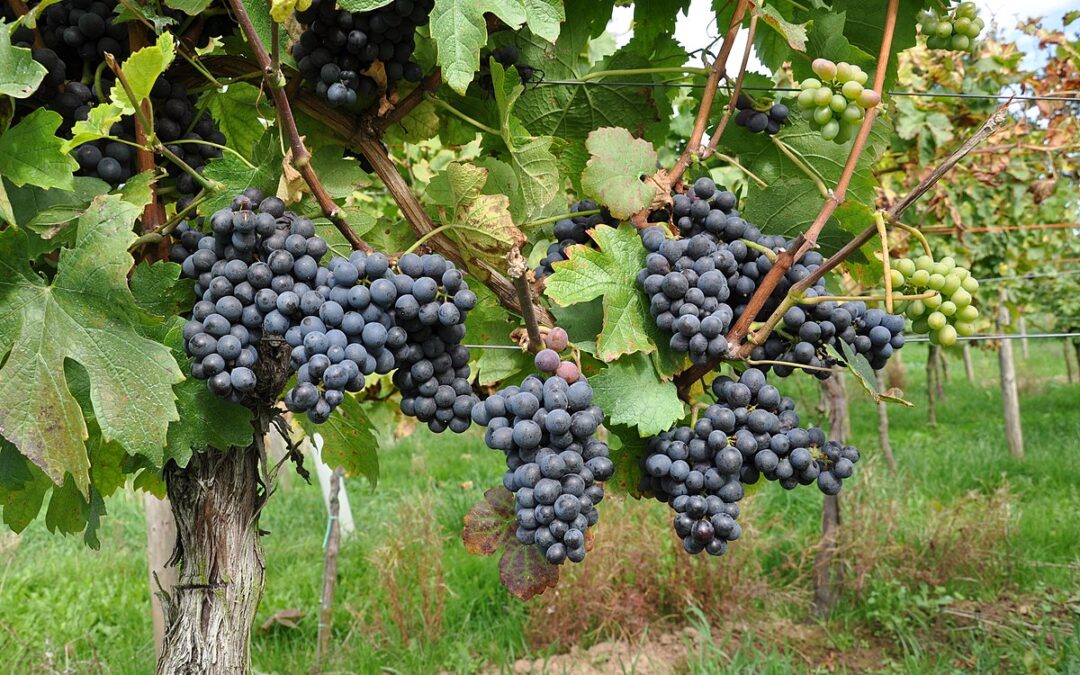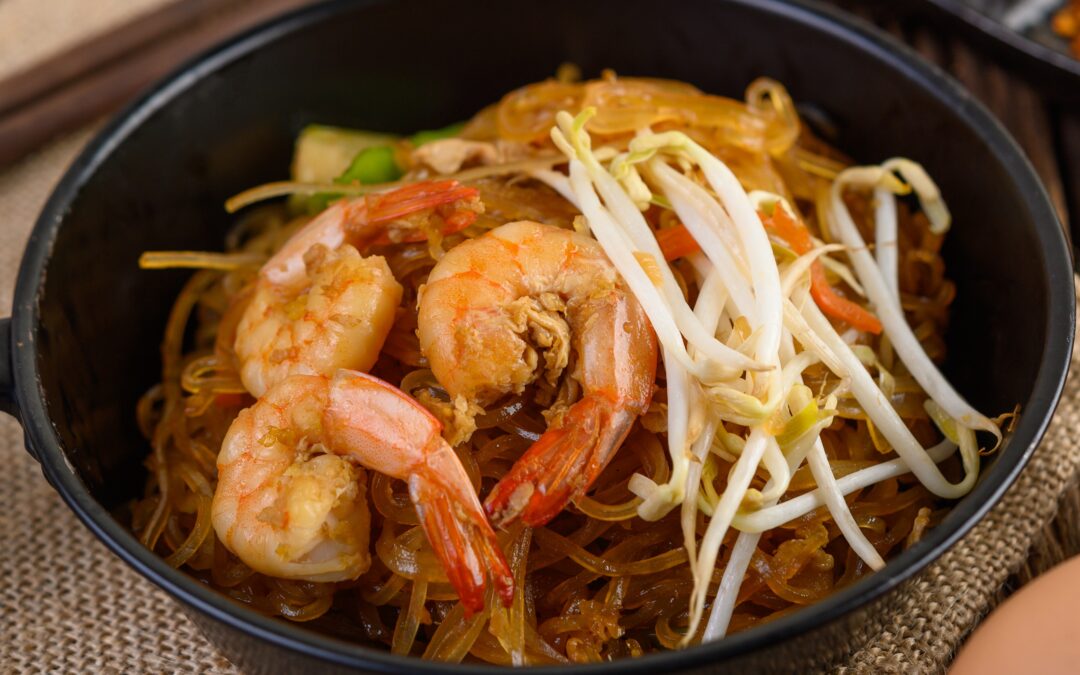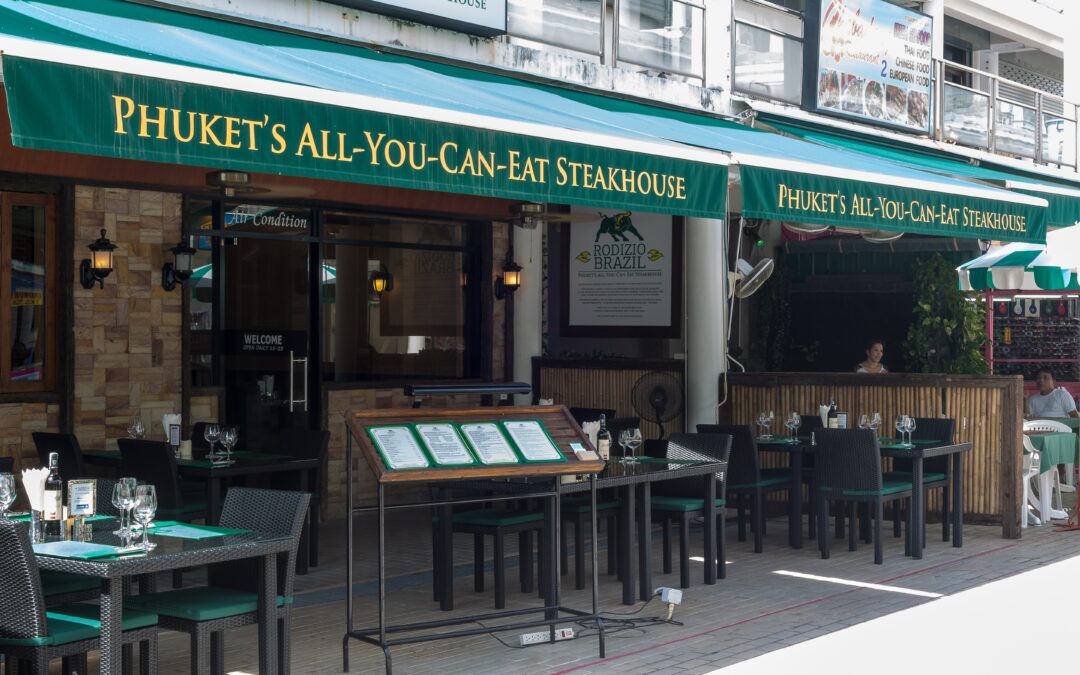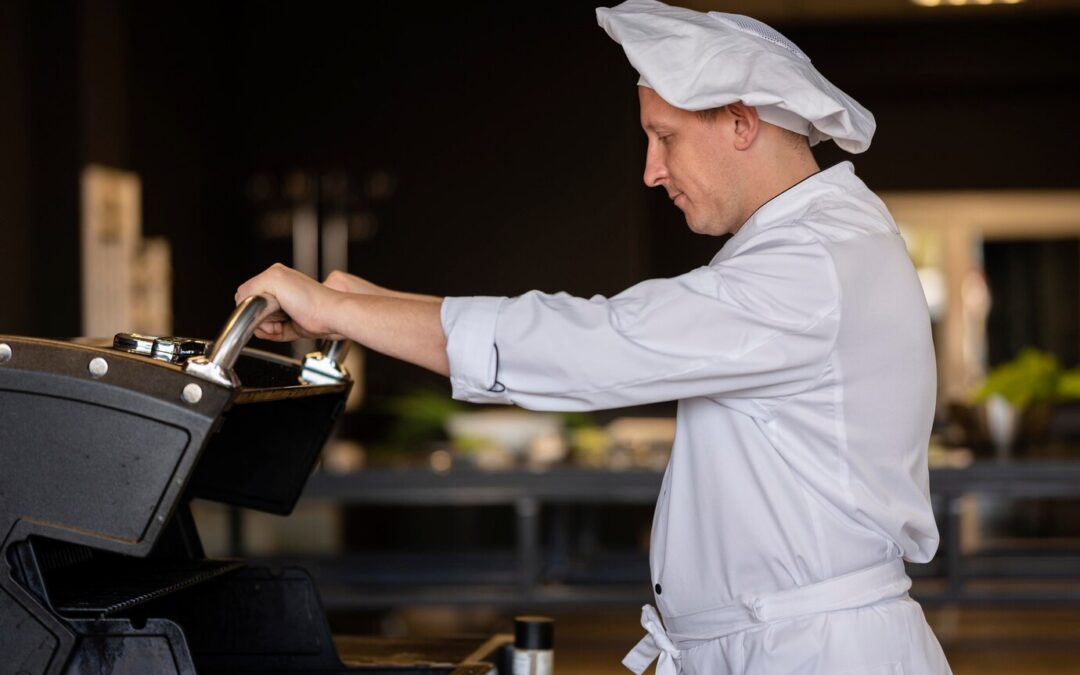
by Ross Kingsley | Mar 23, 2025 | LIQUORS: LIFT YOUR SPIRITS
Calvados is famous apple-based brandy from Normandy that carries centuries of tradition in each bottle. Distilled from fermented apple cider, it stands apart from other brandies with its distinct orchard-driven character. Whether sipped neat, mixed in cocktails, or used in cooking, Calvados offers a nuanced experience shaped by its history, production methods, and ageing process.
Origins and History
The roots of Calvados trace back to the Middle Ages, when apple orchards flourished in Normandy. By the 16th century, records show local cider was being distilled into a spirit. The name “Calvados” is thought to have come from a Spanish shipwreck off the Norman coast in the 1580s, though the region had long been associated with apple spirits. In 1942, Calvados was granted an Appellation d’Origine Contrôlée (AOC) designation, setting strict rules for its production.
Production and Ageing
The process begins with a blend of apple varieties, balancing sweet, tart, bitter, and bitter-sweet flavors. After pressing and fermentation, the cider undergoes distillation, traditionally in copper pot stills for Pays d’Auge Calvados or column stills for other varieties. The spirit is then aged in oak casks, developing complexity over time. Younger Calvados retains fresh apple notes, while longer ageing introduces deeper caramel, spice, and wood influences. Classifications range from Fine (minimum two years) to Hors d’Âge (ten years or more).
Best Ways to Drink Calvados
Calvados is versatile in its use. It can be enjoyed neat as a digestif or with a drop of water to open up aromas. Some prefer it over ice, though this can mute its flavors. It works well in cocktails, adding depth to classics like the Old Fashioned or Manhattan. In Normandy, it plays a role in the “trou Normand,” a small pour served between meal courses to aid digestion. The spirit is also a staple in French cuisine, used in sauces, flambéed dishes, and desserts.
Notable Calvados Producers
Several houses maintain the traditions of Calvados production, each offering a different take on the apple brandy. Château du Breuil is known for its elegant, well-aged expressions, while Christian Drouin, a family-run house, emphasizes craftsmanship and complexity. Roger Groult, rooted in the Pays d’Auge, remains dedicated to traditional pot still distillation, producing spirits with depth and structure. Père Magloire, one of the most recognized names in the category, offers a range of accessible styles, while Boulard balances fruit and oak in its well-regarded blends.
Adrien Camut focuses on long-aged releases, showcasing the influence of extended maturation. Domaine Dupont blends modern techniques with tradition, refining the ageing process to highlight the richness of Normandy’s apples. Calvados Berneroy takes a fruit-forward approach, making it an inviting choice for those new to the category. Lemorton, based in the Domfrontais region, incorporates pears into its distillates, adding an extra layer of aromatics. Morin, with its long-established reputation, produces deep, oak-driven expressions that reflect the ageing potential of well-crafted Calvados.
Each producer brings something distinct to the table, offering a range of styles that capture the essence of Normandy’s orchards. It assures that Calvados remains an expression of Normandy’s landscape and history, offering a unique experience in the world of brandy.
Image Credit: https://www.vinello.at/en/calvados
_ _ _
© CHURRASCO PHUKET STEAKHOUSE / ALL RIGHTS RESERVED
Reprinting, reposting & sharing allowed, in exchange for a backlink and credits
Churrasco Phuket Steakhouse serves affordable Wagyu and Black Angus steaks and burgers. We are open daily from 12noon to 11pm at Jungceylon Shopping Center in Patong / Phuket.
We are family-friendly and offer free parking and Wi-Fi for guests. See our menus, reserve your table, find our location, and check all guest reviews here:
https://ChurrascoPhuket.com/
#Churrascophuket #jungceylon #phuketsteakhouse #affordablewagyu #wagyu

by Ross Kingsley | Mar 23, 2025 | DECODING GRAPES: FROM VINES TO VINTAGE
Pinotage is a unique and proudly South African grape variety. This hybrid grape, a cross between Pinot Noir and Cinsault (known locally as Hermitage), was created in 1925 by Abraham Izak Perold, a professor of viticulture at Stellenbosch University. Pinotage was intended to combine the best qualities of its parent grapes: the elegance of Pinot Noir and the resilience of Cinsault. The result is a versatile grape that produces a range of wine styles, from bold reds to fresh rosés.
History and Evolution
Pinotage’s journey to prominence was not without challenges. In its early years, the grape was often overlooked in favor of more familiar varieties like Cabernet Sauvignon and Shiraz. However, South African winemakers began to embrace Pinotage’s potential in the mid-20th century, crafting wines that showcased its unique character. Today, Pinotage is celebrated as South Africa’s signature grape, a symbol of the country’s winemaking ingenuity and innovation.
The Character of Pinotage Wines
Wines made from Pinotage are rich, full-bodied reds with notes of dark fruits such as plum and blackberry, complemented by hints of coffee, chocolate, and smoke. Some winemakers experiment with aging Pinotage in oak barrels, which can add layers of complexity to the wine. On the lighter side, Pinotage is also used to produce approachable, fruit-forward wines and even sparkling rosés.
Geographical Reach
Pinotage is predominantly grown in South Africa, where it thrives in the warm, sunny climate and diverse terroirs of the Western Cape. Stellenbosch, Paarl, and Swartland are key regions for Pinotage production. While its global footprint remains relatively small, Pinotage has found a niche in other wine-producing countries such as New Zealand, the United States, and Israel, where adventurous vintners experiment with the grape.
Image Credit: https://www.wikidata.org
_ _ _
© CHURRASCO PHUKET STEAKHOUSE / ALL RIGHTS RESERVED
Reprinting, reposting & sharing allowed, in exchange for a backlink and credits
Churrasco Phuket Steakhouse serves affordable Wagyu and Black Angus steaks and burgers. We are open daily from 12noon to 11pm at Jungceylon Shopping Center in Patong / Phuket.
We are family-friendly and offer free parking and Wi-Fi for guests. See our menus, reserve your table, find our location, and check all reviews here:
https://ChurrascoPhuket.com/
#Churrascophuket #jungceylon #phuketsteakhouse #affordablewagyu #wagyu

by Ross Kingsley | Mar 23, 2025 | BLACK BOX: RANTS, RAVES, REVIEWS & RECIPES
Thai cuisine is known for its vibrant flavors, balancing salty, spicy, sour, and sweet elements in a way that creates a unique dining experience. While many people associate Thai food with fragrant herbs, fiery chilies, and healthy fresh vegetables, one ingredient that goes lrgely unnoticed is sugar. From street food to home-cooked dishes, sugar plays a dominant role in Thai cooking. But why is sugar used so extensively, and what are the downsides of this sweet obsession?
Why Is Sugar So Prevalent in Thai Cuisine?
-
Flavor Balance
Thai food is built on a delicate balance of contrasting flavors. Sugar helps to mellow out the heat of chilies, round off the tanginess of lime, and counteract the saltiness of fish sauce and soy sauce. Without sugar, many classic Thai dishes would taste overly sharp or unbalanced.
-
Historical and Cultural Influence
Historically, Thai cuisine wasn’t always as sugar-heavy as it is today. However, with the introduction of refined sugar and sweeteners through trade and globalisation, the use of sugar became widespread. Palm sugar, coconut sugar, and later refined white sugar became key ingredients in Thai cooking. Over time, this led to a cultural preference for sweeter dishes, even in traditionally savory foods.
-
Street Food Evolution
Thai street food is one of the country’s biggest attractions, but it’s also a major contributor to excessive sugar consumption. Vendors often add sugar to enhance flavors quickly and cheaply, making their food more appealing to a wider audience. Dishes like Pad Thai, Thai iced tea, and curries often contain significant amounts of sugar, a lot more than people realize.
-
Western Influence and Processed Ingredients
With globalization, Thai cuisine has evolved, incorporating more processed ingredients that already contain sugar. Condiments like ketchup, sweet chili sauce, and even soy sauce now have added sugar, further increasing the sugar content of many dishes. Fast food chains and fusion restaurants have also amplified the use of sugar to cater to changing consumer preferences.
Downsides of Excessive Sugar Consumption
-
Health Issues
Thailand has seen a sharp rise in obesity, diabetes, and other metabolic disorders in recent years, largely due to high sugar consumption. The World Health Organization has again highlighted Thailand’s growing diabetes rates, with dietary habits playing a key role. While traditional Thai food is often considered healthy, the excessive use of sugar in many dishes has made it less so.
-
Hidden Sugars in Everyday Foods
Many people don’t realize just how much sugar they consume daily. Even dishes that don’t taste overtly sweet, such as som tam (papaya salad) or tom yum soup, often contain sugar. Drinks, from Thai iced tea to fruit smoothies, are frequently loaded with added sugar, sometimes exceeding daily recommended intake levels in just one serving.
-
Addiction to Sweetness
The constant exposure to sugary foods has created a preference for sweet flavors, making it harder for people to enjoy food without sugar. This has led to an increasing dependency on sweetened beverages and snacks, further fueling the problem.
What Can Be Done?
Awareness is the first step. Those who enjoy Thai food, whether in Thailand or abroad, should be mindful of hidden sugars in their meals. Asking for less sugar when ordering, choosing fresh ingredients over processed ones, and experimenting with alternative natural sweeteners can help reduce sugar intake without compromising flavor. As Thailand faces growing health concerns linked to sugar consumption, there is a need for a shift back toward a more balanced and mindful approach to sweetness in cooking.
Image Credit: Freepik.com
_ _ _
© CHURRASCO PHUKET STEAKHOUSE / ALL RIGHTS RESERVED
Reprinting, reposting & sharing allowed, in exchange for a backlink and credits
Churrasco Phuket Steakhouse serves affordable Wagyu and Black Angus steaks and burgers. We are open daily from 12noon to 11pm at Jungceylon Shopping Center in Patong / Phuket.
We are family-friendly and offer free parking and Wi-Fi for guests. See our menus, reserve your table, find our location, and check all guest reviews here:
https://ChurrascoPhuket.com/
#Churrascophuket #jungceylon #phuketsteakhouse #affordablewagyu #wagyu

by Ross Kingsley | Mar 16, 2025 | RESTAURANT BUSINESS: BEHIND THE KITCHEN DOOR
A few years after launching Churrasco Phuket Steakhouse, we decided to open a second restaurant. Rodizio Brazil Phuket (see picture) was a traditional all-you-can-eat Churrascaria, featuring pasadores carving various meats table-side from large skewers, creating an authentic Brazilian dining experience.
We knew this expansion would bring challenges, but we underestimated just how demanding it would be. Rather than simply doubling our workload, it tripled. Our original restaurant saw noticeable declines in both consistency and service. Staff was stretched too thin, and we as management struggled to oversee both locations without adequate support. Our purchasing and operational systems weren’t designed for multi-unit expansion.
At one point, we even briefly lost control of our finances when an employee committed fraud. She was eventually arrested and jailed, but the damage had been done. And while the new location attracted customers, it didn’t generate enough revenue to offset the increased strain on our business.
After two turbulent years, we made the difficult decision to close Rodizio Brazil Phuket. This experience taught us a crucial lesson: scaling a restaurant business isn’t as simple as replicating an existing concept. It requires a well-structured infrastructure to support multiple locations. One of the biggest misconceptions about opening a second restaurant is the assumption that revenue will double while operational efficiency remains intact. In reality, both locations suffered.
The key takeaway? Restaurateurs looking to expand should consider growing from one location to at least four or five—not just two. This may seem counter-intuitive, but with only two locations, there isn’t enough revenue to justify building a proper back-office team. With four or five, however, it becomes viable to hire dedicated staff for HR, purchasing, accounting, and operations, ensuring consistent quality while relieving pressure on ownership and core management.
Of course, scaling at this level requires significant resources. Single-location owners looking to expand may need to bring on a working partner or secure investment funding. While this means relinquishing some control, it also provides the financial backing necessary for sustainable growth without sacrificing quality.
The guiding question we always return to is: Is the gain worth the pain? Expansion in the restaurant industry isn’t just about opening new doors—it’s about keeping them open with unwavering quality and service. For those considering growth beyond a single location, careful planning, sufficient capital, and the right team structure are critical to long-term success.
Image Credit: Churrasco Phuket (“Rodizio Brazil Phuket,” our former Churrascaria)
_ _ _
© CHURRASCO PHUKET STEAKHOUSE / ALL RIGHTS RESERVED
>>> Reprinting, reposting & sharing allowed, in exchange for a backlink and credits <<<
Churrasco Phuket Steakhouse serves affordable Wagyu and Black Angus steaks and burgers. We are open daily from 12noon to 11pm at Jungceylon Shopping Center in Patong / Phuket.
We are family-friendly and offer free parking and Wi-Fi for guests. See our menus, reserve your table, find our location, and check all reviews here:
https://ChurrascoPhuket.com/
#Churrascophuket #jungceylon #phuketsteakhouse #affordablewagyu #wagyu

by Ross Kingsley | Mar 16, 2025 | KNOWLEDGE: MEAT ESSENTIALS
Smoking beef is a tradition that spans the globe, with deep roots in ancient preservation methods. Long before refrigeration, people discovered that smoking meat not only prolonged its shelf life but also enhanced its flavor. Over centuries, different cultures refined smoking techniques, developing distinctive dishes that showcase the rich and complex taste of smoked beef.
North America: The Reign of Barbecue
In the United States, smoked beef is at the heart of barbecue culture. Texas-style brisket, one of the most famous smoked beef dishes, is slow-cooked for hours over oak or mesquite wood, resulting in a tender, flavorful cut with a characteristic bark. Other regional styles, such as Kansas City’s sweet and smoky approach or Carolina’s vinegar-based variations, highlight the diversity of smoked beef preparations across the country.
South America: A Rustic Tradition
While grilling dominates much of South America’s beef culture, smoked beef still holds a place in traditional cooking. In Paraguay, so’o ahumado (smoked beef) is prepared using native woods, imparting a unique smoky depth. Argentina and Uruguay, famous for their beef culture, also incorporate smoking in certain regional preparations, such as charqui, a type of smoked and dried beef similar to jerky. In Brazil’s southern regions, some gaucho traditions include smoking meats alongside open-fire cooking.
Europe: Cured and Smoked Classics
Europe has long embraced smoked beef, particularly in cured forms. Pastrami, originally from Eastern Europe, combines curing, seasoning, and smoking to create its distinctive taste, later becoming an iconic delicacy in New York’s Jewish delis. In Germany, smoked beef appears in sausages like Landjäger, while in Switzerland, Bündnerfleisch is a smoked, air-dried beef with a rich, concentrated flavor.
Asia: Unique Smoking Techniques
In Mongolia, smoked beef jerky has been a staple for nomadic communities, providing a high-protein, long-lasting food source. Indonesia’s dendeng, a spiced and smoked beef dish, showcases the country’s bold flavors. In China, la rou refers to smoked and cured meats, including beef, often prepared during winter months.
Australia & Africa: Indigenous and Traditional Methods
Australian Indigenous communities have long used smoking techniques to prepare meats, including beef, over native hardwoods, imparting deep flavors. In South Africa, biltong, though primarily air-dried, sometimes incorporates smoking for added complexity, making it a prized snack.
From ancient preservation methods to modern culinary staples, smoked beef remains a globally cherished tradition, offering a depth of flavor that transcends borders.
Image Credit: https://freepik.com
_ _ _
© CHURRASCO PHUKET STEAKHOUSE / ALL RIGHTS RESERVED
>>> Reprinting, reposting & sharing allowed, in exchange for a backlink and credits <<<
Churrasco Phuket Steakhouse serves affordable Wagyu and Black Angus steaks and burgers. We are open daily from 12noon to 11pm at Jungceylon Shopping Center in Patong / Phuket.
We are family-friendly and offer free parking and Wi-Fi for guests. See our menus, reserve your table, find our location, and check all reviews here:
https://ChurrascoPhuket.com/
#Churrascophuket #jungceylon #phuketsteakhouse #affordablewagyu #wagyu





